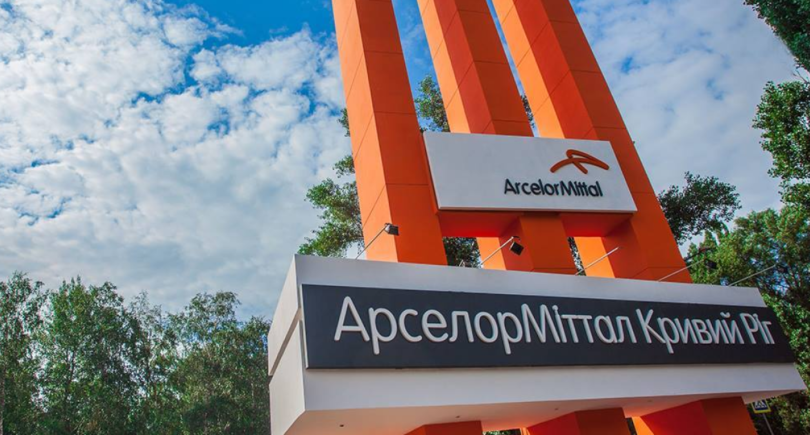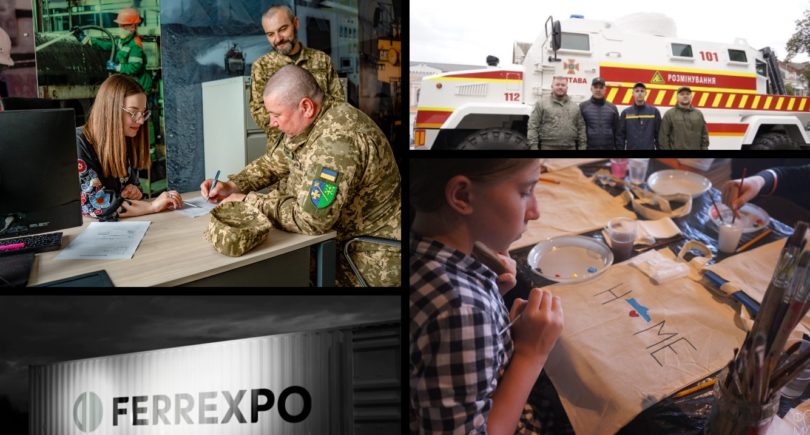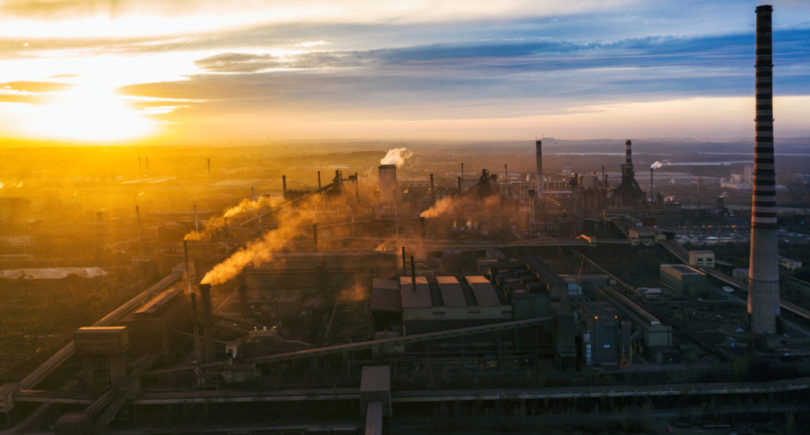
The Hungarian company launched capacities in February-March, but this is unlikely to greatly improve investor interest in the asset
In Europe, a new story about old steel assets is coming to a logical conclusion. At stake is the fate of the Hungarian steel plant ISD Dunaferr, previously owned by the Ukrainian group Industrial Union of Donbass (ISD).
Among the reasons that led to the difficult situation at ISD Dunaferr are the pandemic, the Russian invasion of Ukraine and high energy prices. The final straw was sanctions against the Russian state bank VEB, which controlled the plant through a Cypriot company. Thus, Dunaferr became ownerless and insolvent. But the local government is doing everything it can to relaunch plant and save about 3,700 jobs.
High efforts
Dunaferr started to face problems a few years ago due to the effects of the COVID-19 pandemic and rising raw material prices. In fact, this served as a trigger for the manifestation of accumulated problems that have been observed at the enterprise since about 2011. In addition, the plant worked for a long time without top management, a supervisory board, a board of directors, which did not prevent it from producing products. But there was an energy crisis and weak market demand in 2022.
Dunaferr has been idle since the third quarter of 2022. In August and September 2022, the company stopped the operation of two blast furnaces due to interruptions in the supply of coking coal. The actual reasons for the shutdown were the stoppage of coke supplies from the Austrian DBK, which had been a partner of the group for a long time, lack of funds and the expectation of state support.
This led to the fact that in December 2022 the Hungarian authorities turned to the British Liberty Steel with a request to ship coal to Dunaferr in order to avoid shutting down the coke batteries of the plant. Raw materials were diverted from the Polish assets of Liberty Steel. Dunaferr was supplied with limited quantities of coking coal to support the operation of the coke oven batteries without supplying iron ore or other raw materials.
The question of saving Dunaferr became political. Viktor Orban’s government is making active efforts to launch the plant. A special working group has been set up to look for an investor. Certain changes to the bankruptcy law have been adopted to ease the debt burden for the investor. The state assumed $44.8 million in payroll costs to get the plant up and running and make it more attractive to buyers.
Sales preparation
The Hungarian authorities have amended the bankruptcy law, allowing the steel plant to start the liquidation procedure very quickly and subsequently deprive the legal entity of its debt obligations. As a result, a temporary administration was introduced at the enterprise. The liquidation procedure of the enterprise began on January 5, 2023.
This made it possible to quickly bring Liberty Steel into interim management. Liberty signed a contract with the liquidator Dunaferr, the condition of which was that the salaries of the workers were paid by the state.
The Hungarian authorities and the liquidator of the plant are seeking a quick sale of the asset. Potential buyers of Dunaferr should report about its interest until May 4, 2023. Preliminarily, the auction will be held in June.
For their part, local authorities put forward two requirements,the fulfillment of which must be guaranteed by the future owner of the enterprise:
- preservation of the production process, including steelmaking;
- payment of full salary for all employees.
Also, the new owner of Dunaferr will have to take over decarbonization costs of enterprises. The sale will include environmental licenses, but they will expire in 2027 and will not be renewed for existing blast furnace technology. In addition, there is uncertainty about carbon credits. In 2021, Dunaferr was removed from the EU Emissions Trading Scheme (ETS) due to non-compliance.
If the company is freed from debt, it will really increase its attractiveness. According to some sources, the plant accumulated more than $1.2 billion of debt, which, in particular, consists of unpaid carbon credits and outstanding loans to shareholders. The structure of the sale of Dunaferr implies that the assets of the plant will be transferred to another legal entity in the process of liquidation.
Potential buyers
Dunaferr is an integrated plant comprising a sinter plant, a coking plant, two blast furnaces and two converters with a nominal steel production capacity of 1.6 million tons of steel per year. Dunaferr’s finished products are hot-rolled, cold-rolled and galvanized flat products.
However, the capacities require investments. A long period with a lack of investment is bearing fruit. Blast furnace №1, which was shut down in the summer of 2022, is beyond repair, and will not be started again. However, in February 2023, Dunaferr restarted the remaining facilities – blast furnace №2 and cold rolling mill, and in March – hot rolling mill.
An approximate list of possible applicants for the plant looks like this:
1. Liberty Steel
The British company was in talks with Dunaferr over a potential purchase in early 2021. However, interest faded after funding problems arose. Then Liberty Steel needed in financial support, and the British government was developing measures for possible government intervention to save the British steel group. Liberty Steel currently has a tolling contract to operate the plant until the end of June 2023. This scheme is convenient for Liberty because the state is incurring wage obligations, while the group receives good margins from high flat steel prices. But the need to invest in the modernization of blast furnace capacities and decarbonization is a different story. Liberty specialized in troubled plants, until it began to struggle with financing itself. The model has failed. Liberty’s decarbonization strategy involves building electric furnaces at European plants in the Czech Republic and Romania and supplying them with HBI produced at the group’s Australian assets. In this regard, another plant in Hungary may be of interest only if the state assumes the investment burden, following the complex and controversial example of the ArcelorMittal scheme and the plant in Taranto.
2. Metinvest
Another considered contender is the Ukrainian Metinvest, for which Dunaferr was one of the largest and closest consumers of coking coal and iron ore. At the beginning of 2023, the group indicated its interest in acquiring Dunaferr by contacting the government of the country. According to the CEO of the Metinvest Group Yuri Ryzhenkov, Dunaferr can provide a number of synergies for a Ukrainian company and meets its strategy, allowing the use of its own raw materials – iron ore concentrate, pellets and coking coal. The synergy is obvious. Metinvest has a surplus of its own raw materials, while the company has lost similar assets in Mariupol. Metinvest has established itself as a major investor. The company has already encountered similar technical difficulties at its plants in Ukraine, consistently upgrading process by process.
3. State property
Mayor of Dunaújváros, where the plant is located, Tamas Pinter asked the government to take the enterprise under control. In 2020, the Hungarian bankruptcy law was amended, according to which, in relation to strategic companies, the state has a pre-emptive right to purchase. However, the Hungarian authorities have repeatedly spoken about the return of the steel plant to state ownership – the first time Hungary did this in August 2013, but things did not move beyond words. The state cannot manage such an object on its own, but only in partnership with a profile player in the industry. In other words, attracting a partner from the industry is still necessary.
4. Other buyers
Also among those interested in the enterprise earlier were Swiss Duferco, Chinese Hesteel, which owns the Zelezara Smederevo plant in Serbia, the Indian Jindal Steel and consortium from Kazakhstan.
Probably the strongest prospective candidate for the second wave is Hesteel, which already has a steel plant in Serbia. Only here the motivation of the Chinese to buy another plant in Eastern Europe is not very obvious in the presence of their own excess capacity.
Unfavorable period
On the one hand, the production of flat products in the EU is interesting. The possibility of duty-free deliveries in the US equalizes prices in these two markets, which provides European manufacturers with higher margins. Recently there have been periodic interruptions in the supply of flat products. The market is well protected and imports have little access to the market.
On the other hand, today the situation on the financial market is hardly predictable, which makes any M&A transactions extremely risky. The cost of capital today is a record high for the last 15 years. It is unlikely to find an investor for a large industrial asset under such conditions. For a successful decision to preserve one of its largest enterprises, the Hungarian Government will have to not only set requirements for the investor, but also offer its assistance and actively participate in investments.
The question is urgent. It is likely that Liberty will be interested in maintaining the current format of work on Dunaferr, playing for time and thus reducing risks. But this is tantamount to maintaining risks for the plant and a pending issue for the Hungarian Government. Therefore, any specific proposal from an investor will be tantamount to a victory for Hungary.




